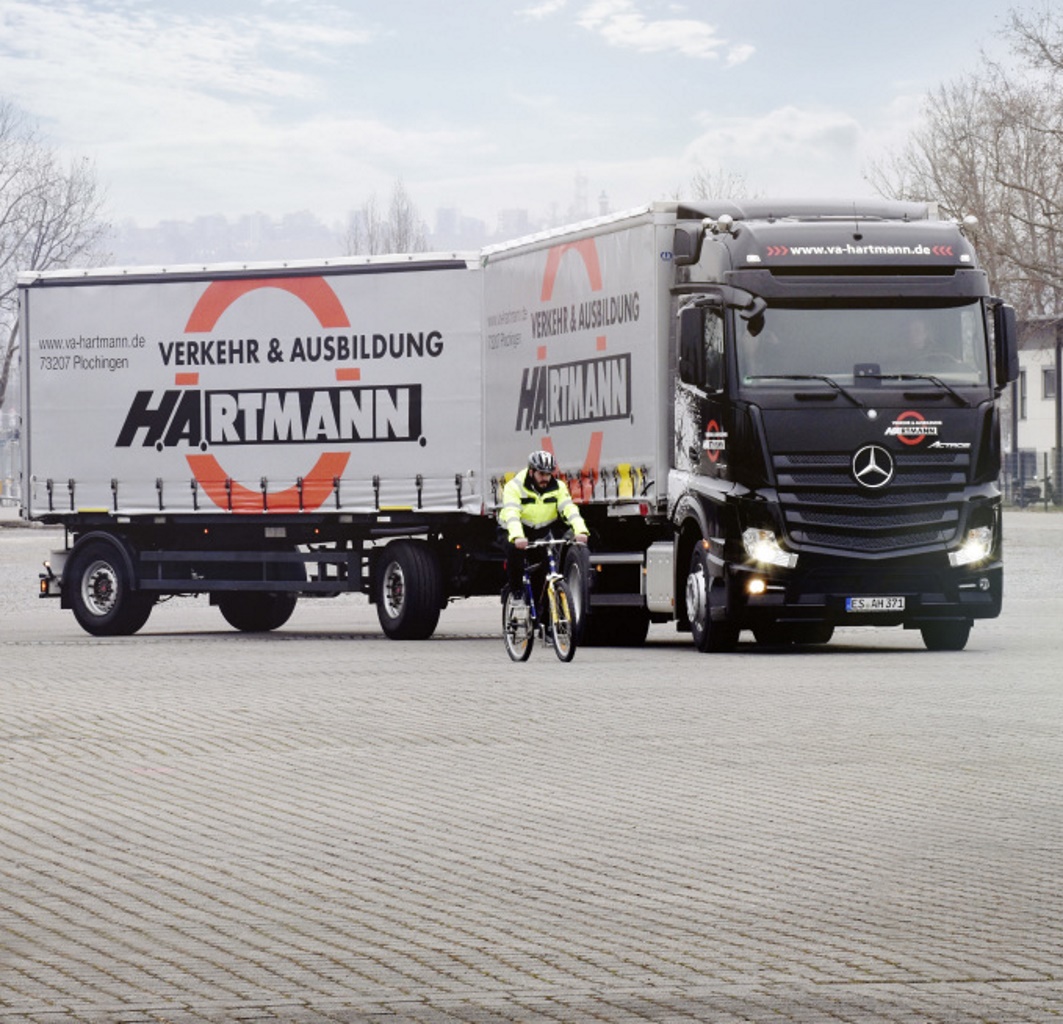Economy
How Many Jobs Will Self-Driving Trucks Eliminate?

Published:
Last Updated:

The jobs of as many as 3.1 million U.S. truck drivers are at risk as autonomous (self-driving) technology for the big rigs continues to be developed. That’s about 2% of the total current U.S. workforce.
The switch won’t happen immediately, but slowly over the next decade or so, according to a report from Goldman Sachs Economics Research. U.S. truck drivers could see jobs disappear at a rate of about 25,000 a month as autonomous vehicles become more mainstream.
More aggressive predictions indicate that fully autonomous vehicles will be common in three to five years. Researchers at the Center for Global Policy Solutions issued a report in March that gives context to the expected job losses:
More than four million jobs will likely be lost with a rapid transition to autonomous vehicles. Driving occupations, including delivery and heavy truck drivers, bus drivers, and taxi and chauffeur drivers, would be heaviest hit. Driving occupations represent a significant source of work for those with lower levels of educational attainment, with the vast majority (93.2 percent) of workers in these jobs possessing less than a bachelor’s degree. Workers in driving occupations have a poverty rate (7.32 percent) lower than the overall workforce (8.06 percent) and non-driving occupations alone (8.08 percent), which suggests that driving jobs are by and large “good jobs” that keep workers in driving occupations out of poverty.
Daimler took its first self-driving truck for a spin on Germany’s Autobahn in October of 2015. More recently, ride-sharing firm Uber tested its first self-driving truck in the United States, and Tesla Inc. (NASDAQ: TSLA) has promised an announcement in September on its plans for a self-driving truck.
Technology development for self-driving trucks (and cars) is being pursued by tech firms such as Apple and Google as well.
If truck drivers stand to lose the most, who stands to win from self-driving vehicles? Venture capitalist Marc Andreessen does not think it is the car and truck makers. He told Bloomberg View recently:
[Automakers] would all say that they are best at making cars, and that the software is a component that goes in the cars. Our thesis is, no, what’s actually going to happen is the value will flow to the software layer. The entire experience of being in the car will be defined by software.
Cars may become rolling living rooms someday, but the less glamorous business of hauling freight may be the low-hanging fruit that can be harvested more quickly and easily — and profitably. That does not augur well for truck drivers.
A financial advisor can help you understand the advantages and disadvantages of investment properties. Finding a qualified financial advisor doesn’t have to be hard. SmartAsset’s free tool matches you with up to three financial advisors who serve your area, and you can interview your advisor matches at no cost to decide which one is right for you. If you’re ready to find an advisor who can help you achieve your financial goals, get started now.
Investing in real estate can diversify your portfolio. But expanding your horizons may add additional costs. If you’re an investor looking to minimize expenses, consider checking out online brokerages. They often offer low investment fees, helping you maximize your profit.
Thank you for reading! Have some feedback for us?
Contact the 24/7 Wall St. editorial team.